August 29, 2022
Victorian Architecture In India: 9 Gems You Must See
CM Content Team
After getting its start in England, the Victorian architecture spread far and wide across the globe. The beautiful thing about the architecture is that it made a significant impact wherever it went. One such influential footprint endures the country of India to this day. The Victorian era began in the year Queen Victoria came to power and spanned a short time from 1837 to 1901. Her reign saw a variety of architectural styles, which are considered as Victorian architectures and not builts of any specific design style. The Victorian era also saw industrial revolution and an increase in mass manufacturing and wealth throughout the time. The era had a lasting impression on everything right from the beautiful fireplaces to the famed stained glass windows.
You wouldn’t be left without seeing the Victorian architecture in India, whether in a magazine, a movie, or on a trip. But what might remain unclear to many is how it all started in India. Also, let us see what primarily affected the Victorian architecture in India.
With the British building up their colonial ties with India, they made efforts to shape the architecture and style to suit their needs giving Indian architecture a Victorian dash. Architects and engineers from England naturally had a more Western architectural know-how and so they built Victorian churches, courtrooms, forts as well as stations in the country.
Below is the list of top nine gems of Victorian architectures in India you must know about and see:
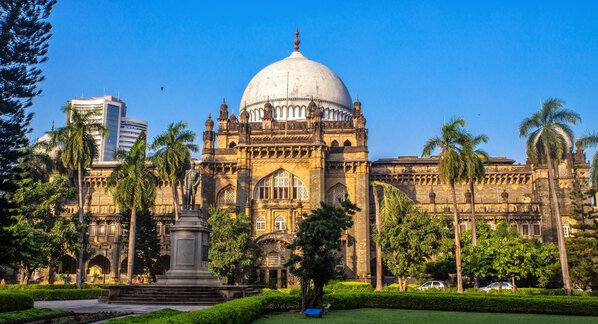
Mumbai is home to a variety of architectural marvels from Victorian Gothic to Art Deco. The Rajabai Clock Tower, the BMC building, the Bombay High Court and of course the Chhatrapati Shivaji Terminus are the most prominent examples of the renowned Victorian Gothic architectural style structures in Mumbai.
An outstanding example of Victorian architecture in India, the Chhatrapati Shivaji Terminus (CST) or Victoria Terminus in Mumbai also incorporates elements from Indian traditional architecture. The British architects worked in tandem with Indian craftsmen to incorporate Indian architectural heritage thereby creating a distinctive Bombay-based aesthetic. Italian marble and Indian stone gave the interiors of the Victorian structure an air of refinement.
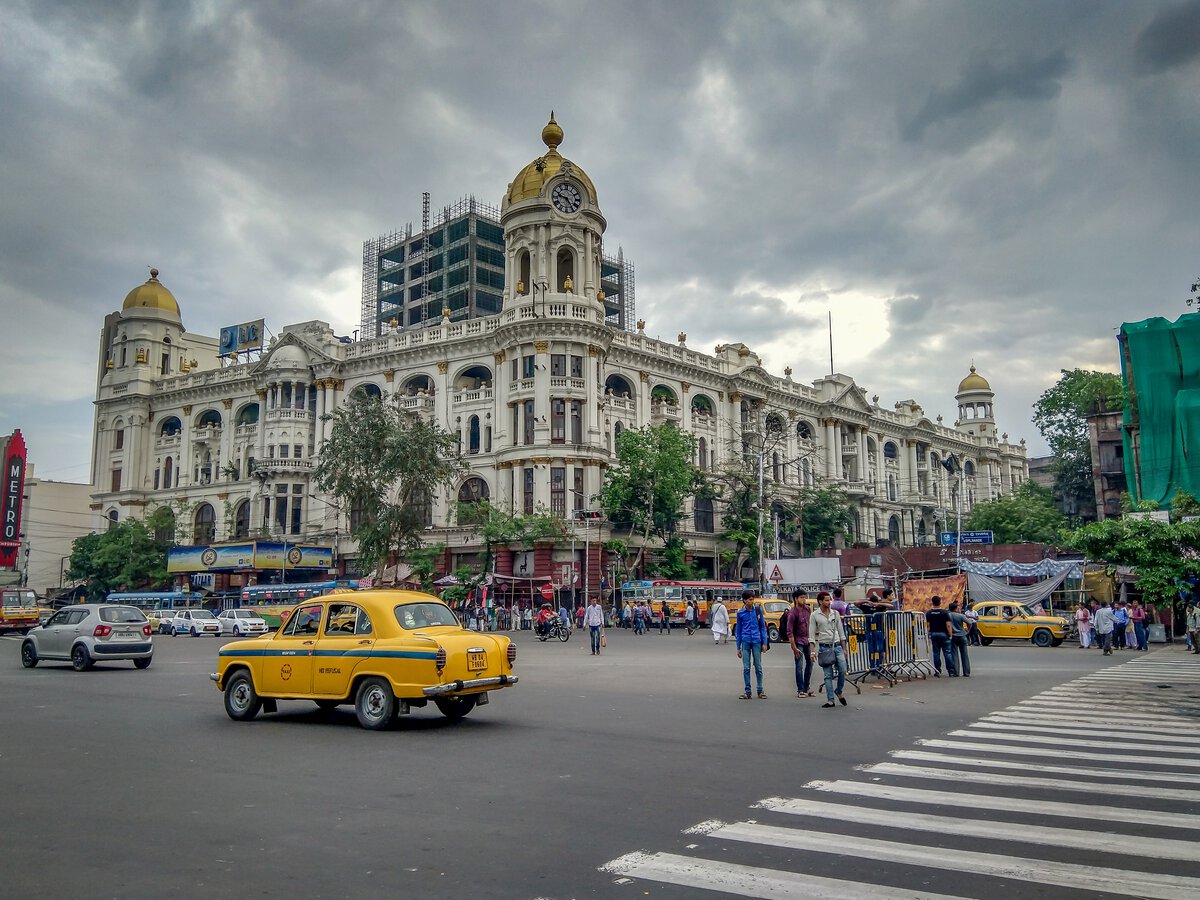
The Victoria Memorial in Kolkata is another amazing example of Victorian architecture in India. The Victoria Memorial is all about white marble and Victorian characteristics. The huge structure was ornately built to honour Queen Victoria.
Made of Indian marble, the structure was created by Sir William Emerson under the direction of Vincent Jerome Esch. The proposition to make it was put forth when Calcutta was the dominant city of the British empire. The imposing and large monumental building was an attempt to achieve a European feel.
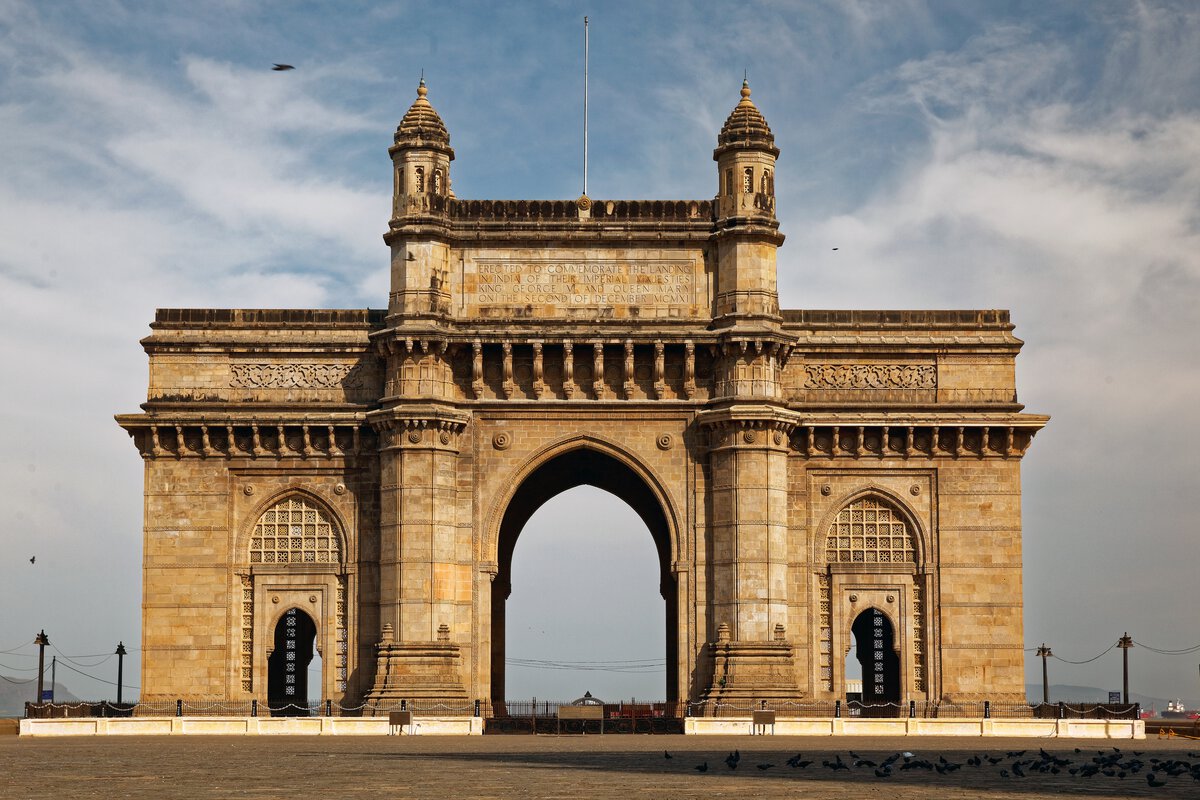
George Wittet built the iconic structure of Gateway of India. The beautiful piece of concrete and yellow basalt architecture, Gateway of India was built to commemorate the 1913 trip of King George and Queen Mary to India. It took 14 years to design and construct the structure that was completed in 1927.
The building is more than just a gate with a central hall and domed areas that act as a welcoming greeting. The Indian influence can be seen in the western structure in its large domes and arches.
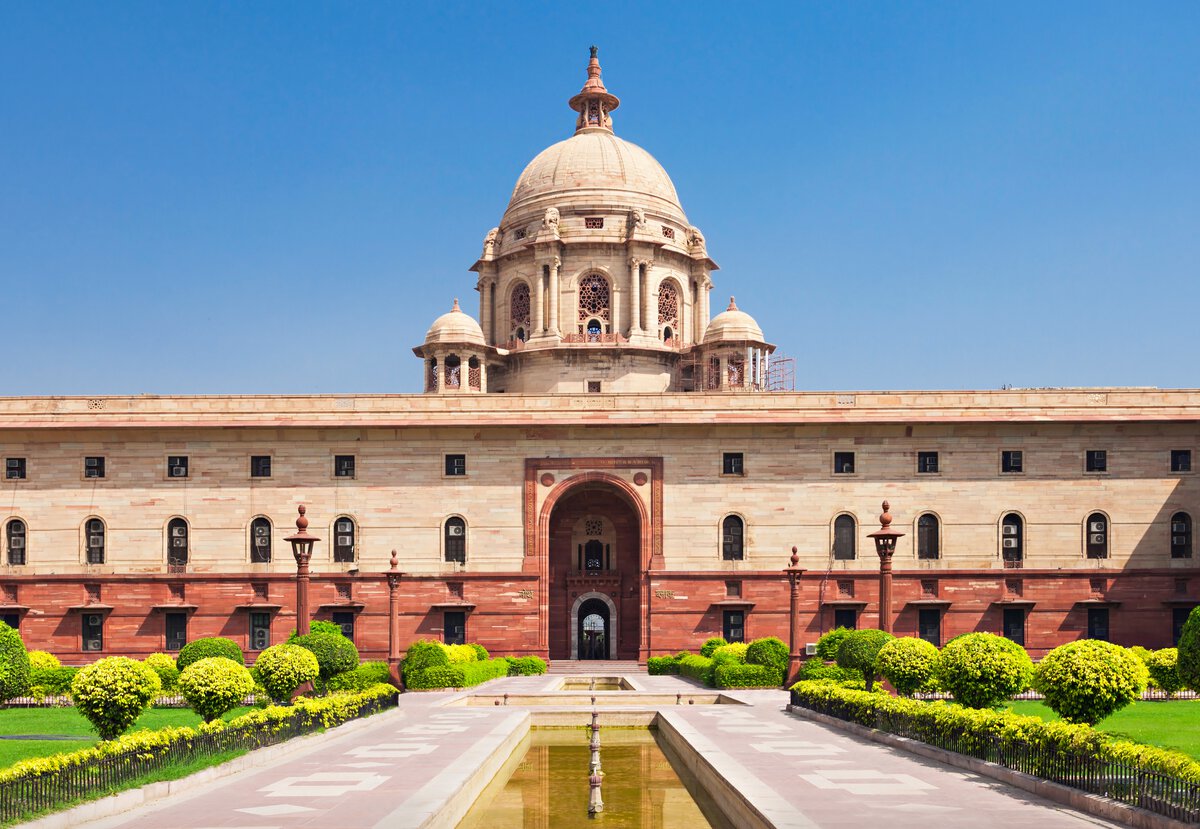
The viceroy was proposed to live in Viceroy's House or the present day Rashtrapati Bhavan. The Lutyens-designed presidential residence in Delhi has elements fusing western and eastern architectural styles. The master structure is its central dome that gives the structure a regal splendour.
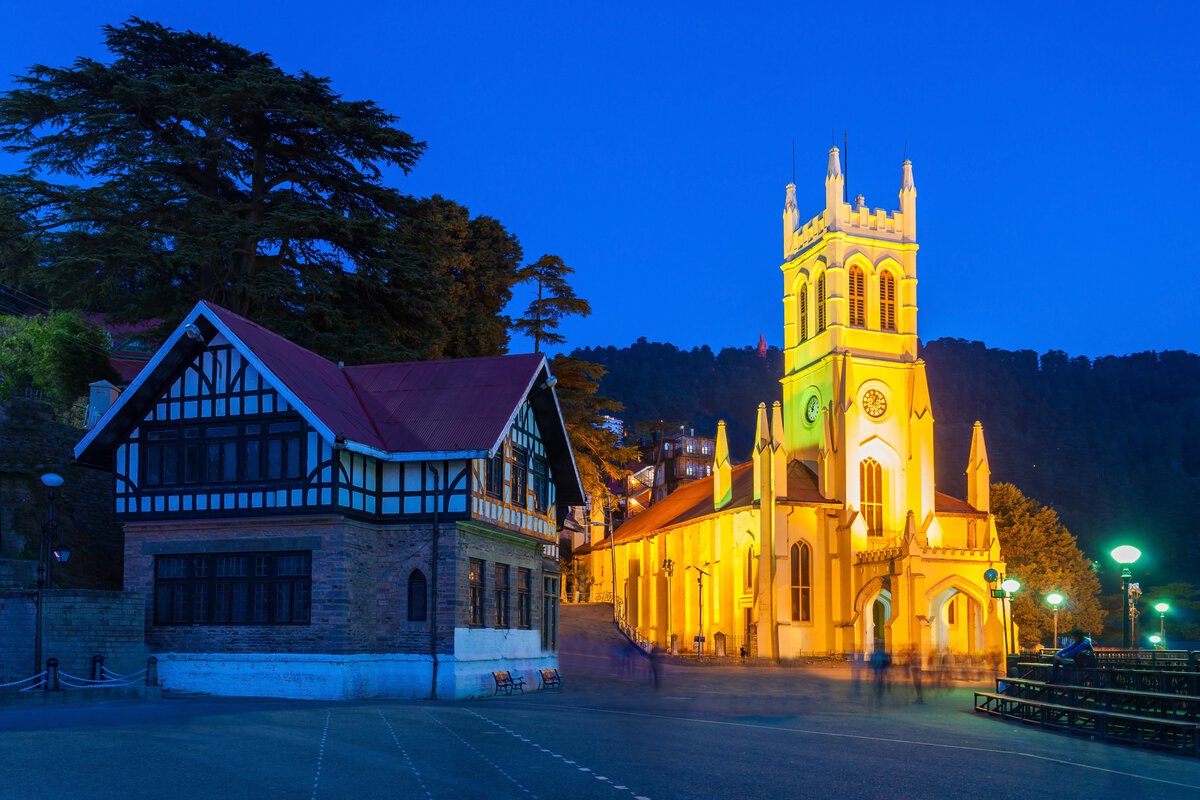
Christ Church in Shimla is the second-oldest church in North India. It was built in 1857 and follows Neo-Gothic style of architecture. One of the essential components of Victorian architecture, stained glass windows were incorporated into the building's design by Colonel J T. You can see the church's lofty tower even from a distance. Well-lit at night, the structure looks like a distinctive landmark.
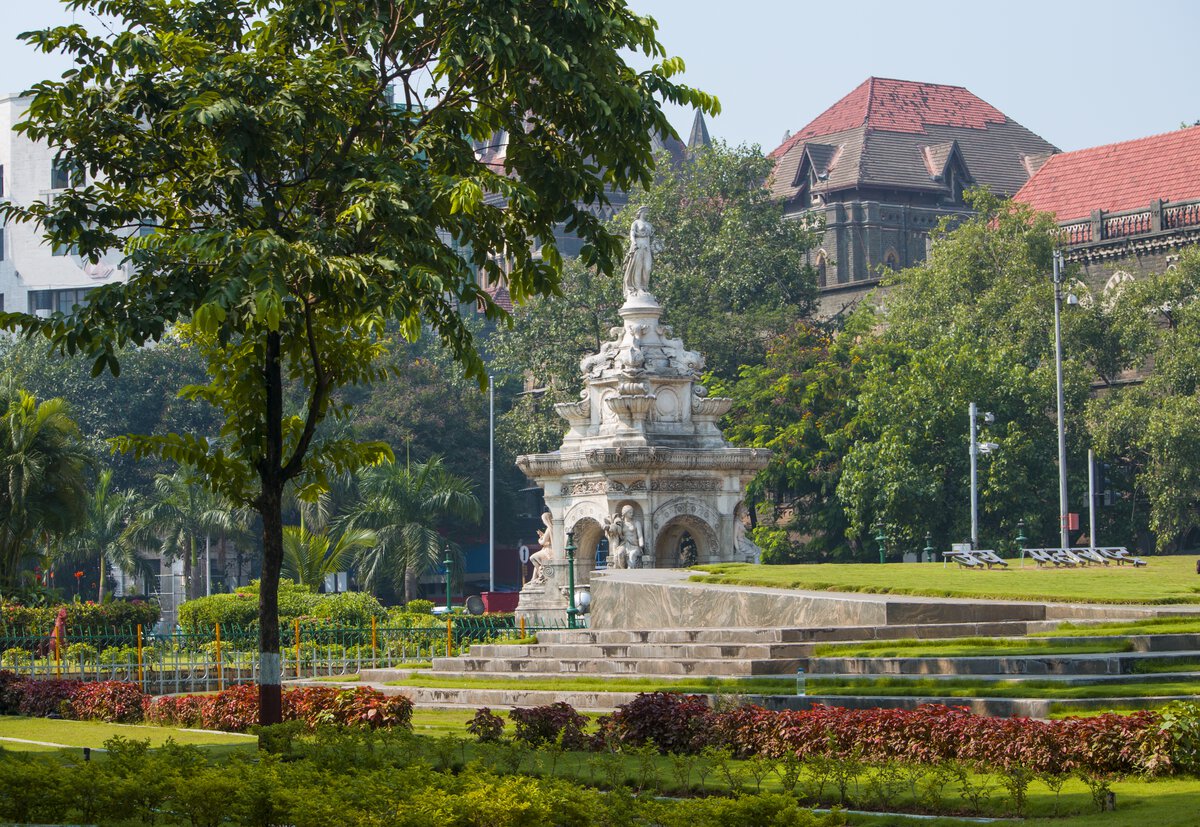
Head architect Richard Norman Shaw and his co-designer Jan Morris were the architects of the fabulous Victorian structure. A Scottish sculptor by the name of James Forsyth was responsible for making the complete building. Apart from this Victorian structure located at an axial point, Bombay's Gothic architecture acts as the perfect backdrop. The creation and the entire gorgeous area is one of the best examples of the British-era structures.
Having been developed into a major commerce hub, Bombay undertook an extensive urban planning project in the later part of the 19th century. As a result, many public buildings were built on both sides of the Oval Maidan open space, firstly in the Victorian Neo-Gothic style and then in the Art Deco manner at the turn of the 20th century.
The Victorian architecture in these structures incorporates climate-appropriate Indian design elements like verandas and balconies. With their residential structures and theatres, the structures combine Art Deco iconography with Indian design elements to create a distinctive look called Indo-Deco. The Victorian Gothic and Art Deco Ensembles provide evidence of Mumbai's modernisation during the 19th and 20th centuries.
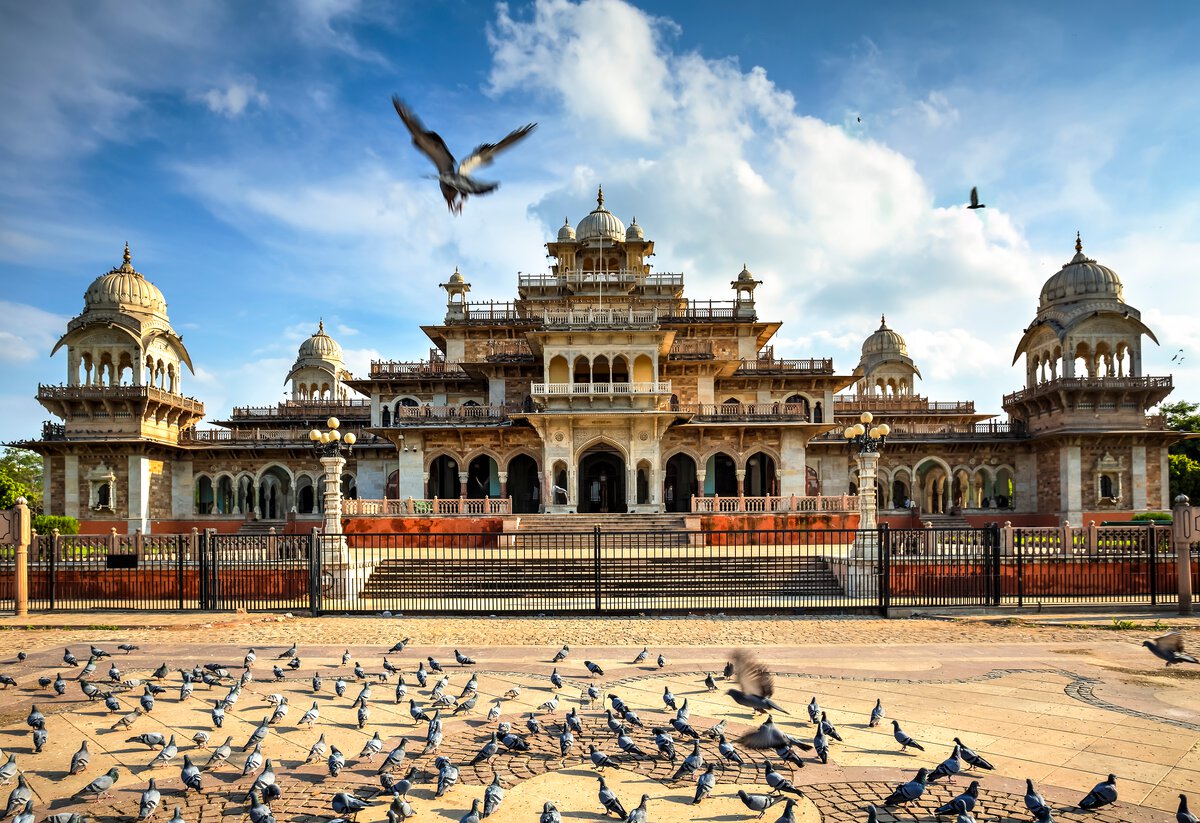
The intricate construction of Albert Hall took years to complete. Delicate details and white marble carvings on the exteriors and interiors of the building make the structure magnificent. Because of the purity of white marble and its outstanding craftsmanship, each carving has a story to tell.
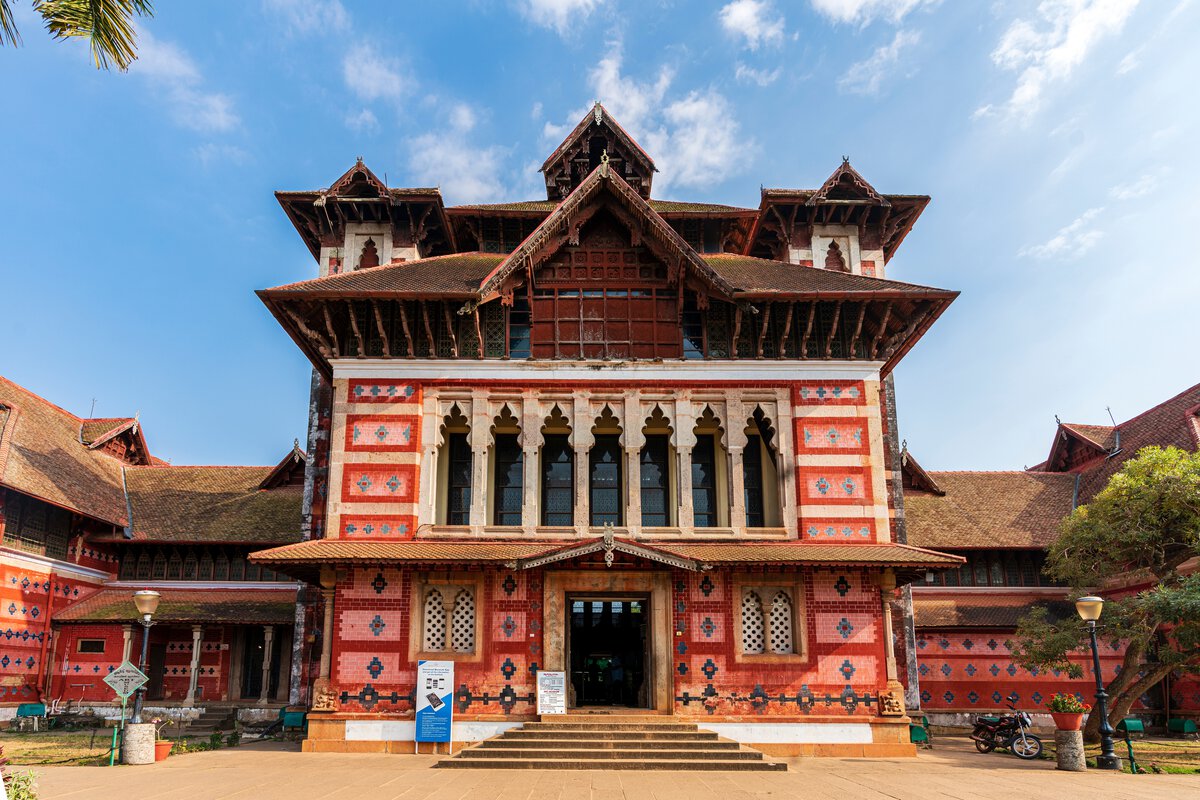
Napier Museum is one of the first museums built in India. The museum was designed by Robert Fellowes Chisholm in Thiruvananthapuram. The roofing and ornamentation of the Victorian structure are Gothic-inspired but have an Indian setting.
You can find glimpses of Victorian architecture all across the country right from the winter homes in Himachal and Mussories, the colonial residences in the South, to the iconic Victorian buildings in Mumbai. The spectacular Victorian architecture in India speaks volumes about the old times that still are a part of the present day cities.
Mahindra Holidays & Resorts India Ltd. (MHRIL), a part of Leisure and Hospitality sector of the Mahindra Group, offers quality family holidays primarily through vacation ownership memberships and brings to the industry values such as reliability, trust and customer satisfaction. Started in 1996, the company's flagship brand ‘Club Mahindra’, today has over 290,000 members , who can holiday at 140+ resorts in India and abroad.